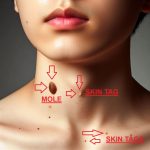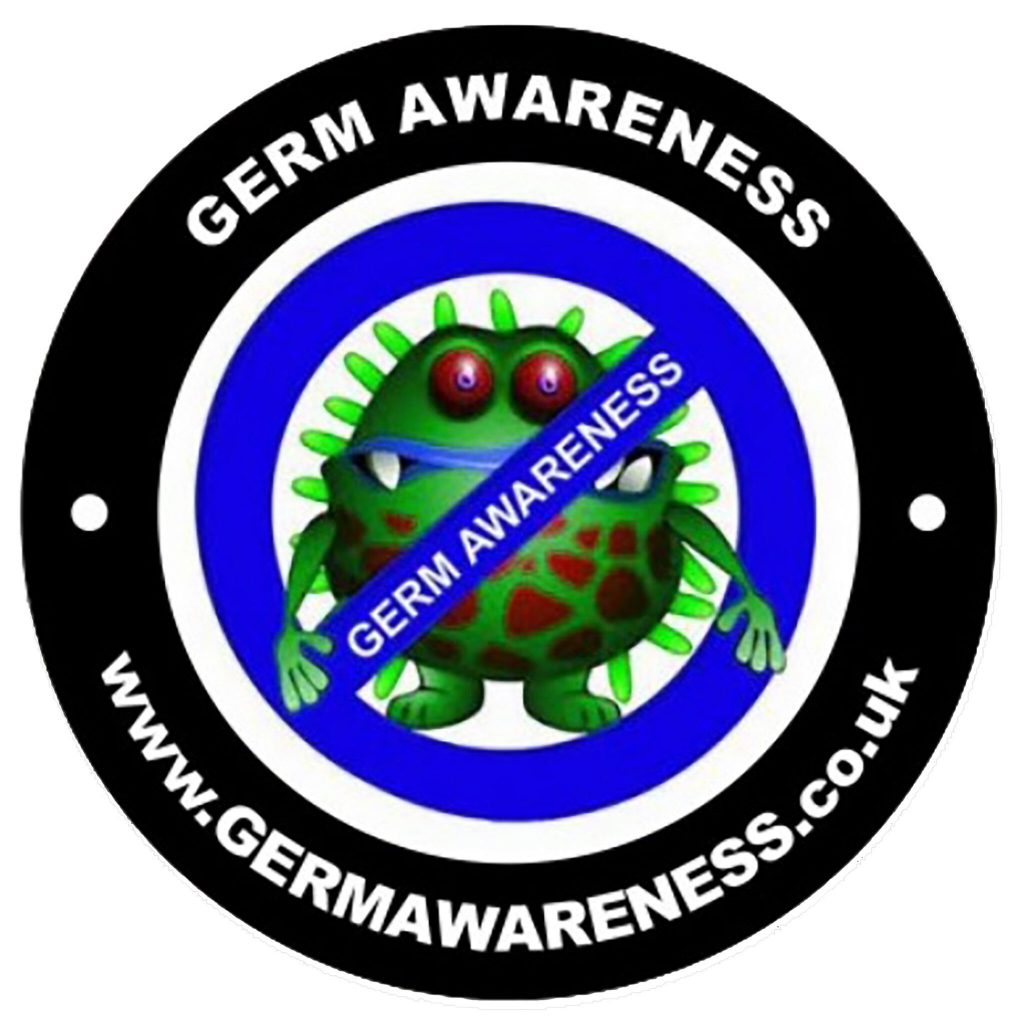
Disclaimer: This article contains trigger wording and discusses topics related to chronic illness, pain, mental health challenges, and the impact of stress and anxiety. Reader discretion is advised. If you find any of the content distressing, please consider seeking support from a mental health professional or a trusted individual.
Understanding Multiple Sclerosis for PIP Eligibility
Multiple Sclerosis (MS) is a chronic and often disabling disease that affects the central nervous system. For individuals with MS, daily life can present numerous challenges, many of which may not be immediately visible to the untrained eye. This invisibility can sometimes complicate the process of qualifying for Personal Independence Payment (PIP), a UK benefit designed to help with the extra costs of living with a long-term health condition or disability.
The Invisible Nature of MS
To an outsider, a person with MS might appear to function normally. They may not use a wheelchair or other mobility aids, and their symptoms might not be immediately obvious. However, this does not diminish the reality of their condition. MS symptoms can fluctuate, with periods of relapse and remission, making it difficult to predict the disease’s impact on any given day.
The Impact on Daily Life
People with MS often take longer to perform tasks due to their disability. Muscle weakness, a common symptom of MS, can significantly impair their ability to carry out everyday activities. For example, holding a pan of hot water or oil can be dangerous if muscle weakness or spasticity causes them to lose their grip. This not only poses a risk of burns but also highlights the need for additional support and adaptations in the kitchen.
Stress and anxiety can exacerbate the symptoms of Multiple Sclerosis (MS). When an individual with MS experiences high levels of stress, their body undergoes physiological changes that can trigger or worsen MS symptoms. Stress and anxiety can lead to increased fatigue, muscle tension, and pain, and may also impair cognitive functions such as memory and concentration. Moreover, chronic stress can weaken the immune system, potentially leading to more frequent or severe relapses. Managing stress through relaxation techniques, therapy, and medication can be crucial in minimizing its impact on MS and improving the overall quality of life for those affected by the condition.
During a PIP assessment, it’s important for a person with Multiple Sclerosis (MS) to inform the assessor that the stress and anxiety induced by the assessment process can exacerbate their symptoms. The emotional strain may lead to increased fatigue, pain, and other MS-related symptoms, potentially triggering a relapse. It’s crucial for the Department for Work and Pensions (DWP) to be aware that if the emotional distress caused by the assessment results in a worsening of the individual’s condition, they could be held liable for the negative impact on the person’s health. Clearly communicating these concerns can help ensure that the assessment process is handled with sensitivity to minimize additional stress and its potential consequences.
People with Multiple Sclerosis (MS) often suffer from significant pain due to nerve damage and muscle spasms, which are common symptoms of the disease. This chronic pain can be debilitating, impacting daily activities and overall quality of life. To manage their disability, many individuals with MS rely on a range of medications, including pain relievers, muscle relaxants, and anti-inflammatory drugs. These medications help alleviate pain, reduce muscle stiffness, and improve mobility, allowing them to perform everyday tasks with less discomfort. Effective pain management is crucial for enhancing the well-being and functionality of those living with MS.
Unfortunately, there is no pain threshold device on the market that can accurately measure how much physical pain we can endure. Pain is inherently subjective and varies greatly between individuals, making it difficult to quantify precisely. We often resort to hypothetical examples, using a scale from 1 to 10, where 1 indicates minimal discomfort and 10 represents severe, unbearable pain. However, these ratings are based on personal perceptions and can only provide an approximate indication of pain levels. As a result, pain assessment remains largely a matter of educated guesswork, relying heavily on individual reports and clinical judgment.
Symptoms Associated with Multiple Sclerosis (MS)
- Fatigue: Persistent and overwhelming tiredness that is not relieved by rest.
- Muscle Weakness: Reduced strength, making it difficult to perform physical tasks.
- Numbness or Tingling: Sensations of pins and needles or loss of sensation, often in the limbs.
- Spasticity: Muscle stiffness and involuntary spasms.
- Balance and Coordination Problems: Difficulty walking, frequent falls, and unsteady movements.
- Vision Problems: Blurred or double vision, optic neuritis, and partial or complete loss of vision, cataracts.
- Bladder and Bowel Dysfunction: Urinary urgency, incontinence, constipation, or bowel incontinence.
- Cognitive Dysfunction: Memory issues, difficulty concentrating, and problems with planning and problem-solving.
- Pain: Neuropathic pain (burning, stabbing sensations) and musculoskeletal pain.
- Emotional Changes: Depression, anxiety, mood swings, and emotional lability.
- Sexual Dysfunction: Reduced libido, erectile dysfunction, and difficulty achieving orgasm.
- Speech and Swallowing Difficulties: Slurred speech, trouble swallowing, and choking.
- Tremors: Involuntary shaking or tremors in various parts of the body.
- Dizziness and Vertigo: Sensations of spinning or feeling off-balance.
- Heat Sensitivity: Worsening of symptoms in hot weather or after hot showers.
- Hearing Loss: Partial or complete loss of hearing.
- Headaches: Frequent or severe headaches, sometimes migraines.
- Seizures: Rare, but some individuals with MS may experience seizures.
- Respiratory Problems: Shortness of breath and decreased lung function in severe cases.
- Difficulty Walking: Gait disturbances, dragging of feet, and need for walking aids.
Daily Physical Chores Affected by MS
Here are 20 examples of daily physical chores that can be challenging for someone with MS:
- Walking: Difficulty maintaining balance and endurance.
- Climbing Stairs: Weakness and fatigue can make stairs particularly challenging.
- Lifting Heavy Objects: Reduced strength and coordination.
- Holding Objects: Risk of dropping items due to muscle weakness. (Potential Hazard, chopping, peeling, cutting, straining hot water eg pasta, potatoes).
- Cooking: Handling hot or heavy pots and pans. (Potential Hazards Hot Water, Oil & Fat).
- Cleaning: Using a vacuum or mop can be exhausting.
- Personal Hygiene: Showering or bathing may require additional time and assistance.
- Dressing: Manipulating buttons, zippers, and laces can be difficult.
- Writing: Hand tremors can affect the ability to write legibly.
- Typing: Prolonged use of a keyboard can lead to fatigue and hand pain.
- Driving: Reaction times and motor control may be impaired.
- Shopping: Walking around stores and carrying groceries can be exhausting.
- Gardening: Physical tasks like digging, planting, and weeding.
- Laundry: Lifting baskets and reaching into machines can be difficult. Making beds, changing fresh bedding.
- Bending Over: Tasks like tying shoes or picking up items from the floor.
- Using Tools: Handling screwdrivers, hammers, or other tools.
- Carrying Children: Lifting and carrying can be particularly challenging.
- Meal Preparation: Chopping, stirring, and moving around the kitchen.
- Using the Bathroom: Getting on and off the toilet, managing hygiene.
- Household Repairs: Tasks that require precision and strength.
Mental Health Challenges Associated with MS and Examples
- Depression: Persistent feelings of sadness, loss of interest in activities, changes in sleep and appetite, and feelings of hopelessness or worthlessness.
- Anxiety Disorders: Excessive worry about health and future, panic attacks, and physical symptoms like heart palpitations and shortness of breath in stressful situations.
- Cognitive Dysfunction: Difficulty with memory, attention, problem-solving, and processing information quickly, affecting daily tasks and work performance.
- Emotional Lability (Pseudobulbar Affect): Sudden, uncontrollable episodes of laughing or crying that are disproportionate to the situation.
- Stress: Feeling overwhelmed by daily responsibilities and the unpredictable nature of MS symptoms, leading to physical and emotional exhaustion.
- Adjustment Disorder: Emotional or behavioral symptoms in response to a significant change or stressor, such as a new diagnosis or progression of MS, leading to difficulty coping.
- Sleep Disorders: Insomnia or fragmented sleep due to pain, muscle spasms, or anxiety, resulting in fatigue and irritability during the day.
- Fatigue: Persistent and overwhelming tiredness that is not relieved by rest and significantly impacts daily functioning and mood.
- Social Isolation: Withdrawing from social activities and relationships due to physical limitations, fatigue, or feelings of embarrassment about symptoms.
- Irritability and Mood Swings: Rapid changes in mood, including increased irritability and frustration, often triggered by the stress of managing MS.
- Body Image Issues: Negative self-perception and reduced self-esteem due to physical changes or limitations caused by MS.
- Fear of Dependency: Anxiety and distress over the possibility of losing independence and becoming reliant on others for daily care.
- Hopelessness: Feeling that future goals and plans are unattainable due to the unpredictability and progression of MS.
- Grief: Mourning the loss of abilities, lifestyle, and independence that were present before the onset of MS.
- Suicidal Thoughts: In severe cases, individuals may experience thoughts of self-harm or suicide due to overwhelming emotional pain and despair.
- Obsessive-Compulsive Symptoms: Developing repetitive behaviors or obsessive thoughts as a coping mechanism for the anxiety and stress associated with MS.
- Post-Traumatic Stress Symptoms: Experiencing flashbacks, nightmares, or severe anxiety related to traumatic events connected to the MS diagnosis or its impact.
- Apathy: Lack of motivation and interest in activities or goals that were previously important, often due to fatigue and depression.
- Executive Functioning Difficulties: Problems with planning, organizing, and completing tasks efficiently, affecting work and daily life.
- Self-Medication: Using alcohol or drugs to cope with the emotional and physical pain of MS, leading to substance abuse issues.
Conclusion
Understanding the daily challenges faced by individuals with MS is crucial for accurately assessing their eligibility for PIP. While their struggles may not always be visible, the impact on their lives is significant and pervasive. Recognizing the hidden difficulties of MS can help ensure that those affected receive the support they need to live more comfortably and safely. By taking into account the time and effort required to complete everyday tasks, we can better appreciate the resilience and determination of those living with this debilitating condition.
A person with MS may struggle with their disability in their daily lives at home and at work, making support in both areas crucial. At home, a carer can assist with cooking, cleaning, and manual tasks, ensuring the person with MS can conserve energy and avoid potential hazards. At work, employers should provide reasonable accommodations to make the job less taxing, such as flexible hours or modified duties. With adequate support, a person with MS may need a carer to handle home duties and still be able to maintain employment. Additionally, carers sometimes need respite and may appoint someone temporarily to take their place. It is also beneficial for individuals with MS to consider sun therapy to boost vitamin D levels. If the primary carer is unavailable, a partner or another appointed person can accompany the individual when traveling, ensuring they have the necessary support.
To obtain evidence of your disorder, it’s essential to gather comprehensive documentation from a range of sources. Start by collecting medical records from your healthcare providers, including neurologists and primary care doctors, which detail your diagnosis, treatment history, and any ongoing symptoms. Obtain copies of diagnostic tests, such as MRI scans or blood tests, that support your condition. Additionally, secure written statements or reports from specialists or therapists who have treated or assessed you, outlining the impact of your disorder on your daily life. Keep a personal record of your symptoms, including how they affect your ability to perform daily activities and work. This thorough documentation will provide a robust evidence base for assessments, claims, or applications related to your disorder.
Further Reading:
- Claiming Personal Independence Payment booklet | Multiple Sclerosis Society UK (mssociety.org.uk)
- Have your say on proposed changes to PIP | MS Trust
- Personal Independence Payment (PIP) | MS-UK | Multiple sclerosis
- Personal Independence Payment (PIP) | MS Trust
- Understanding Multiple Sclerosis For PIP Eligibility. – DISABLED ENTREPRENEUR DISABILITY UK




















